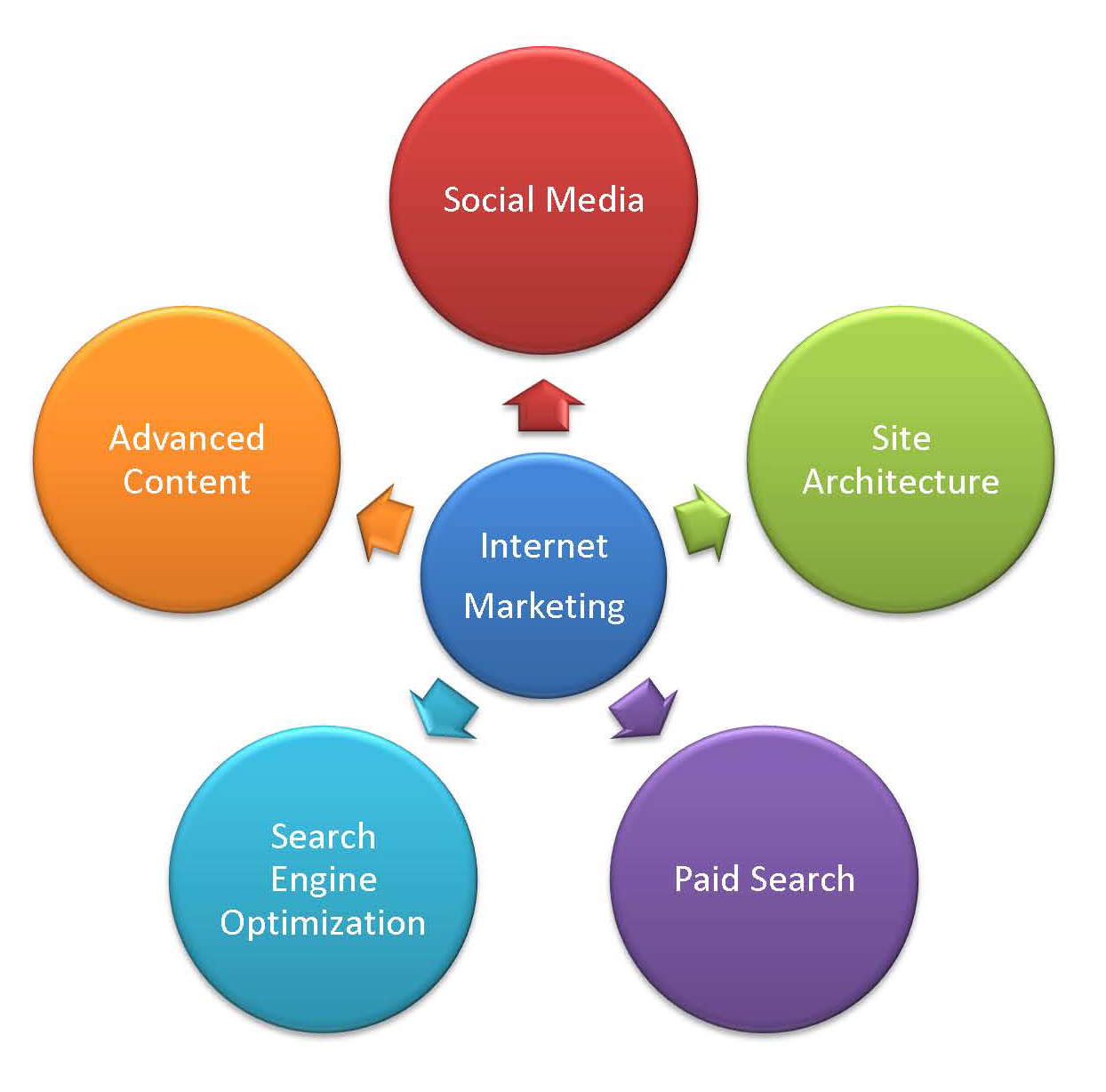|
What is E-marketing E-marketing refers to the use of the
Internet and digital media capabilities to help sell your
products or services. These digital technologies are a valuable
addition to traditional marketing approaches regardless of the
size and type of your business. E-marketing is also referred to
as Internet marketing (i-marketing), online marketing or
web-marketing. As with conventional marketing,
e-marketing is creating a strategy that helps businesses deliver
the right messages and product/services to the right audience.
It consists of all activities and processes with the purpose of
finding, attracting, winning and retaining customers. What has
changed is its wider scope and options compared to conventional
marketing methods. E-marketing is deemed to be broad in scope, because it not only refers to marketing and promotions over the Internet, but also includes marketing done via e-mail and |
 |
|
wireless media. E-marketing also
embraces the management of digital customer data and electronic
customer relationship management (ECRM) and several other
business management functions. E-marketing joins creative and
technical aspects of the Internet, including: design,
development, advertising and sales. It includes the use of a
website in combination with online promotional techniques such
as search engine marketing (SEM), social medial marketing,
interactive online ads, online directories, e-mail marketing,
affiliate marketing, viral marketing and so on. The digital
technologies used as delivery and communication mediums within
the scope of e-marketing include: ·
Internet media such as websites and
e-mail ·
Digital media such as wireless, mobile,
cable and satellite. E - Marketing Objectives : E-marketing objectives define what
you want to achieve through your e-marketing campaign. They set
the reasons why your business wants to go online and allow you
to estimate and monitor the progress of your online marketing
activities. They also provide an incentive to focus on critical
areas and formulate strategies to help achieve intended
objectives. Different businesses may develop
different e-marketing objectives depending on their individual
circumstances. A useful framework for developing effective
e-marketing objectives is the five S’s framework, which
includes: ·
Sell – using the internet to sell
products and services ·
Serve – using the internet to serve
customers ·
Speak – using the internet to communicate
with customers (both existing and potential) ·
Save – using the internet to save/ reduce
cost ·
Sizzle – using the internet to build
brand identity When setting your e-marketing
objectives, you need to make sure that they are: ·
Specific – specify
what is to be achieved ·
Measureable –
expressed in measurable terms such as key performance
indicators, outcomes, numbers, percentage, dollars, etc. ·
Action-oriented –
state which actions need to be taken and who will take them ·
Realistic –
achievable with the resources available ·
Time Specific –
establish specified time frames. Examples of some typical e-marketing
objectives could be: ·
To achieve 20% online sales within the
first year of launching online marketing campaigns. ·
To increase online sales for all products
by 15% in 2011. ·
To grow email coverage to 50% of the
current customer base by the end of next year. ·
To reduce the annual cost of direct
marketing by 20% through e-mail marketing. ·
To improve brand awareness, brand
favourability and purchase intent by surveying 300 online
customers each month.
|
|